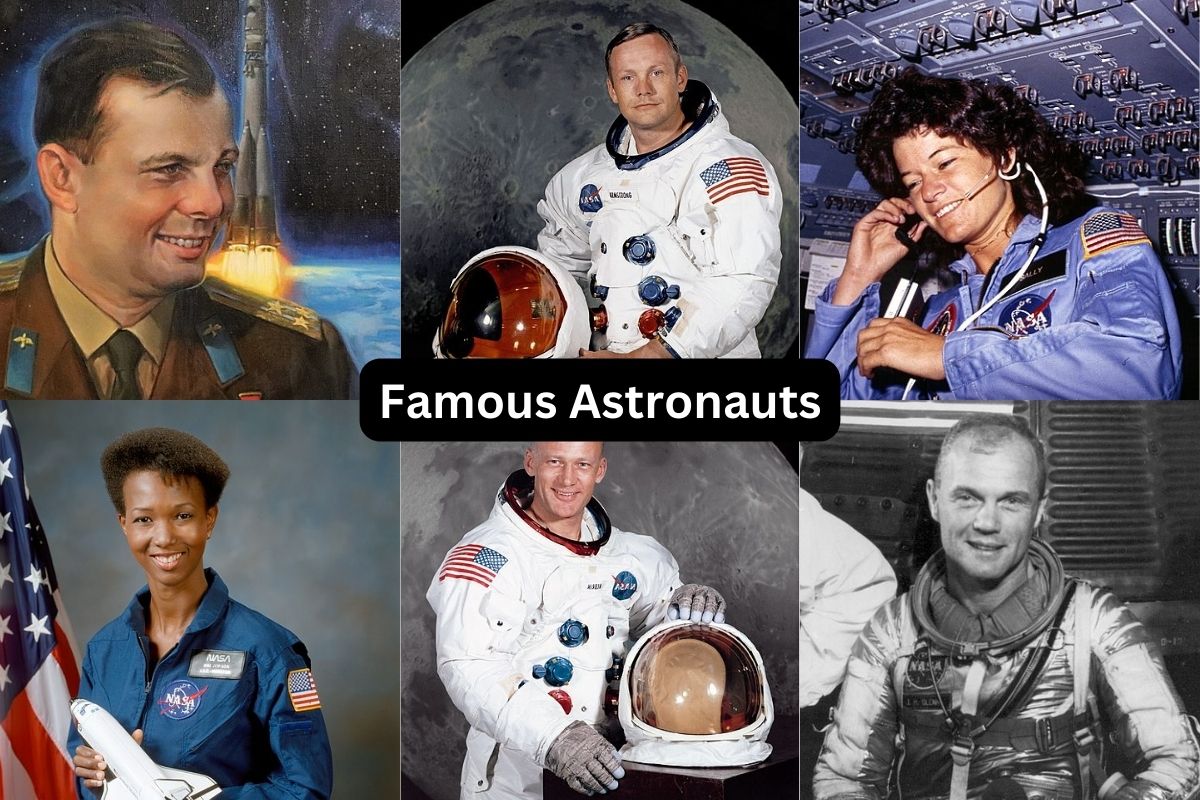The journey to the stars has been marked by the courage, dedication, and trailblazing spirit of astronauts who ventured beyond our planet’s boundaries.
In this article, we delve into the lives and achievements of some of the most famous astronauts in history.
From the first footsteps on the Moon to breaking gender and racial barriers in space exploration, these individuals have not only expanded our understanding of the cosmos but also served as inspirations for generations of aspiring space explorers.
Join us as we celebrate the incredible feats and contributions of these astronauts who ventured into the final frontier.
Famous Astronauts
1. Neil Armstrong – July 20, 1969 (Apollo 11, first Moon landing)
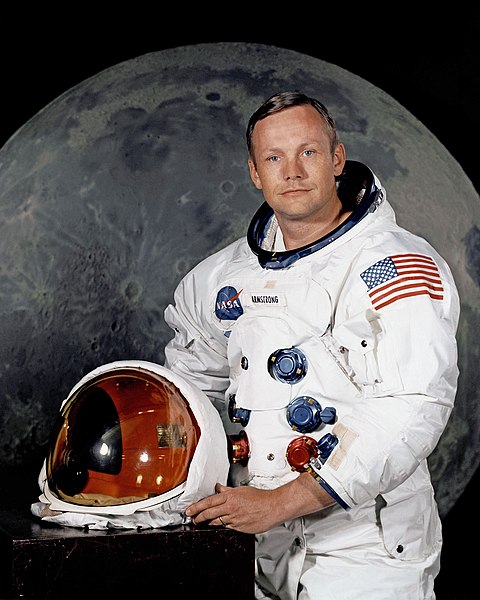
Neil Armstrong was born on August 5, 1930, in Wapakoneta, Ohio, USA.
He made history on July 20, 1969, during the Apollo 11 mission when he became the first person to set foot on the Moon. His famous words as he descended the ladder of the lunar module were, “That’s one small step for [a] man, one giant leap for mankind.”
The Apollo 11 mission was a remarkable achievement for NASA and the United States, marking the culmination of the space race with the Soviet Union.
Armstrong’s calm demeanor, piloting skills, and courage under pressure contributed significantly to the success of the mission.
He later served as a professor of aerospace engineering at the University of Cincinnati and as a spokesperson for various companies and organizations.
Neil Armstrong passed away on August 25, 2012, but his legacy as a pioneering astronaut and the first person to walk on the Moon continues to inspire people worldwide.
2. Buzz Aldrin – July 20, 1969 (Apollo 11, second Moon landing)
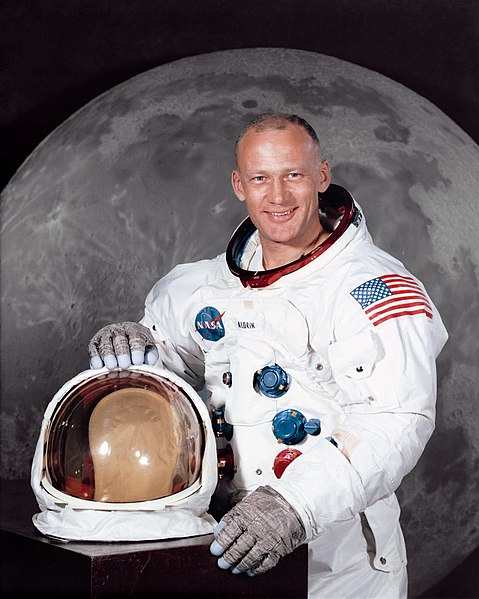
Buzz Aldrin, whose birth name is Edwin Eugene Aldrin Jr., was born on January 20, 1930, in Glen Ridge, New Jersey, USA.
He joined Neil Armstrong on the Apollo 11 mission, making him the second person to walk on the lunar surface.
On July 20, 1969, after the lunar module, Eagle, landed on the Moon, Aldrin followed Armstrong onto the surface. He described the moment as “Magnificent desolation.”
Buzz Aldrin had a background in mechanical engineering and made significant contributions to the design and testing of various aspects of the Apollo spacecraft.
After retiring from NASA, Aldrin became an advocate for space exploration and worked to promote scientific and technological advancements.
Buzz Aldrin remains an iconic figure in space exploration and is known for his enthusiasm in inspiring future generations to reach for the stars.
3. John Glenn – February 20, 1962 (Mercury-Atlas 6, first American to orbit Earth)
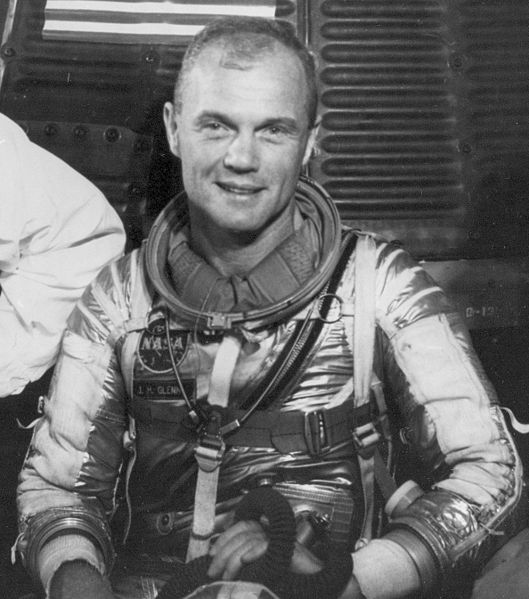
John Herschel Glenn Jr. was born on July 18, 1921, in Cambridge, Ohio, USA.
On February 20, 1962, John Glenn made history as the first American to orbit the Earth during the Mercury-Atlas 6 mission, which he named “Friendship 7.”
His mission lasted approximately five hours and orbited the Earth three times, making him a national hero and a symbol of American space exploration.
Glenn later pursued a career in politics and served as a U.S. Senator from Ohio. He also made a return to space at the age of 77 when he flew on the Space Shuttle Discovery in 1998, becoming the oldest person to travel to space.
John Glenn’s contributions to space exploration and his enduring legacy in both space and politics have left a lasting mark on American history. He passed away on December 8, 2016, at the age of 95.
4. Sally Ride – June 18, 1983 (STS-7, first American woman in space)
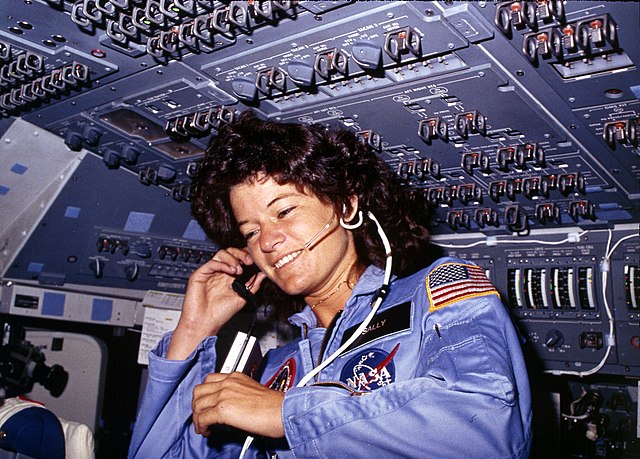
Sally Ride, born on May 26, 1951, in Encino, California, USA, was an accomplished physicist and astronaut.
On June 18, 1983, Sally Ride made history as the first American woman to travel to space as a mission specialist on the Space Shuttle Challenger’s STS-7 mission.
Ride’s journey into space was a significant milestone for women in STEM (Science, Technology, Engineering, and Mathematics) fields, inspiring countless young girls and women to pursue careers in space exploration and science.
She went on to participate in another space shuttle mission, STS-41-G, in 1984.
After retiring from NASA, Sally Ride dedicated her life to education and founded the educational company Sally Ride Science to encourage young people, especially girls, to pursue careers in STEM.
Sally Ride passed away on July 23, 2012, but her legacy as a pioneering astronaut and advocate for STEM education continues to influence generations of students and scientists.
5. Yuri Gagarin – April 12, 1961 (Vostok 1, first human in space)
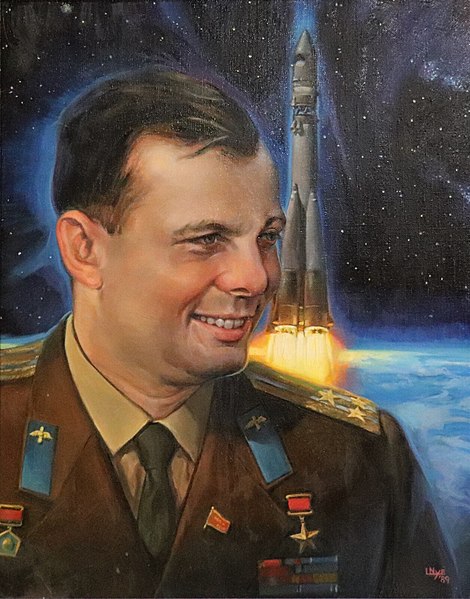
Yuri Alekseyevich Gagarin, born on March 9, 1934, in Klushino, Russia, was a Soviet cosmonaut and the first human to journey into space.
On April 12, 1961, Yuri Gagarin piloted the Vostok 1 spacecraft, completing one orbit around Earth in approximately 108 minutes.
Gagarin’s mission made him an international hero and a symbol of Soviet space achievements during the Cold War era.
His famous words during the mission were, “Poyekhali!” which means “Let’s go!” in Russian.
Gagarin’s historic flight marked a significant milestone in the Space Race between the United States and the Soviet Union.
Tragically, Yuri Gagarin died in a jet crash on March 27, 1968, at the age of 34. He is remembered as a hero of space exploration and a symbol of human achievement.
6. Chris Hadfield – December 19, 2012 (Expedition 34/35, ISS Commander)
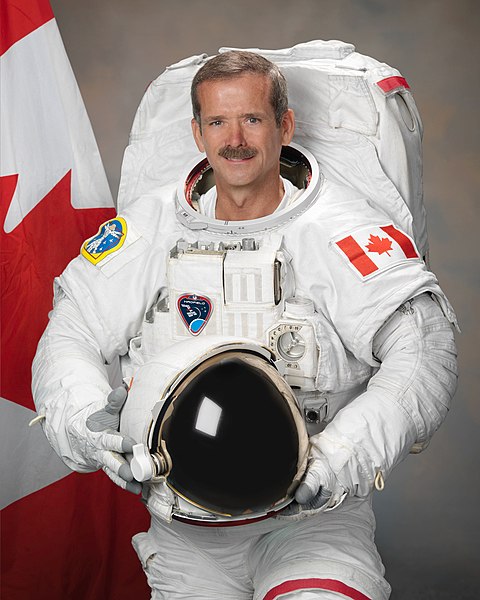
Colonel Chris Hadfield, born on August 29, 1959, in Sarnia, Ontario, Canada, is a retired Canadian astronaut and a former commander of the International Space Station (ISS).
Hadfield gained worldwide fame for his creative and educational approach to sharing his space mission experiences with the public.
He flew on two space shuttle missions before commanding the ISS during Expedition 34/35 from December 2012 to May 2013.
One of his most notable accomplishments in space was recording a cover of David Bowie’s song “Space Oddity” on the ISS, which became a viral sensation.
Chris Hadfield’s social media presence and educational outreach efforts helped bring the wonder of space to people around the world.
After retiring from the Canadian Space Agency, Hadfield continued to inspire and educate the public about space through writing, speaking engagements, and other media appearances.
7. Alan Shepard – May 5, 1961 (Freedom 7, first American in space)
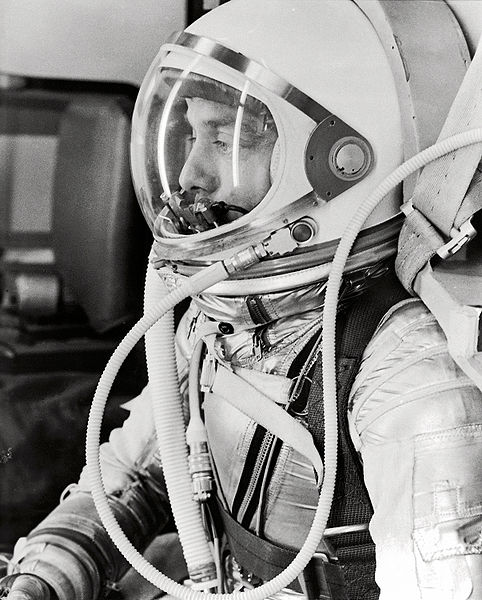
Alan Bartlett Shepard Jr., born on November 18, 1923, in East Derry, New Hampshire, USA, was one of the original Mercury Seven astronauts and a pioneer in American space exploration.
On May 5, 1961, Shepard became the first American in space when he piloted the Freedom 7 spacecraft during the suborbital Mercury-Redstone 3 mission.
His flight lasted just 15 minutes but was a significant step in the United States’ efforts to catch up with the Soviet Union in the Space Race.
Alan Shepard later made history again on February 6, 1971, when he became the fifth person to walk on the Moon during the Apollo 14 mission.
His contributions to space exploration and his adventurous spirit made him a beloved figure in the astronaut corps.
Alan Shepard passed away on July 21, 1998, leaving a lasting legacy in space history.
8. Mae Jemison – September 12, 1992 (STS-47, first African American woman in space)
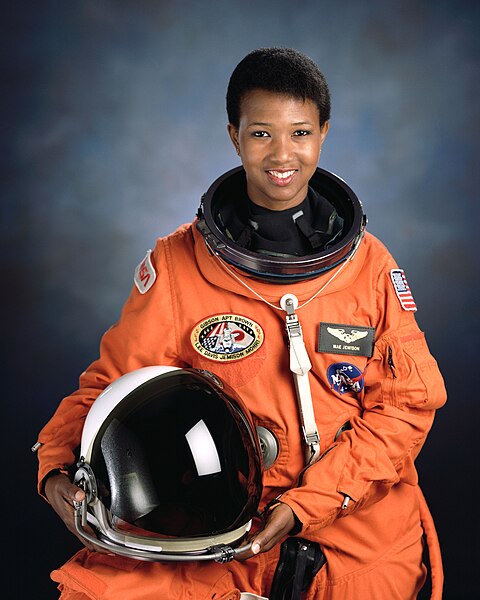
Dr. Mae Carol Jemison, born on October 17, 1956, in Decatur, Alabama, USA, is an accomplished physician, engineer, and astronaut.
On September 12, 1992, Mae Jemison made history as the first African American woman to travel to space when she flew aboard the Space Shuttle Endeavour on mission STS-47.
Before becoming an astronaut, she worked as a general practitioner and participated in medical research.
After her spaceflight, Dr. Jemison continued her work in science and education, emphasizing the importance of diversity and inclusion in STEM fields.
She has been an advocate for science literacy and founded various organizations and initiatives to promote STEM education.
Mae Jemison’s achievements have broken barriers and inspired young people, particularly those from underrepresented backgrounds, to pursue careers in science and space exploration.
9. Jim Lovell – December 21, 1968 (Apollo 8, orbiting the Moon)
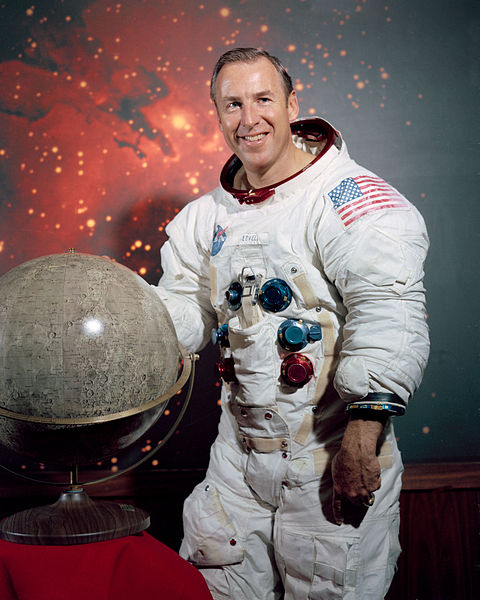
James Arthur Lovell Jr., born on March 25, 1928, in Cleveland, Ohio, USA, is a retired NASA astronaut known for his role in the Apollo program.
Lovell flew on four space missions: Gemini 7, Gemini 12, Apollo 8 (the first mission to orbit the Moon), and Apollo 13.
Apollo 13 became famous for the “Houston, we’ve had a problem” incident, where an oxygen tank exploded, jeopardizing the crew’s return to Earth. Lovell, along with fellow astronauts Fred Haise and Jack Swigert, worked with ground control to safely return to Earth.
Jim Lovell’s calm leadership and problem-solving skills during the crisis were instrumental in the successful recovery of the Apollo 13 mission.
He retired from NASA in 1973 and later co-authored a book, “Lost Moon,” which served as the basis for the movie “Apollo 13,” where he was portrayed by actor Tom Hanks.
Jim Lovell’s contributions to space exploration and his role in the Apollo 13 mission have made him a respected figure in the history of spaceflight.
10. Scott Kelly – March 27, 2015 (Expedition 43/44, one-year mission on ISS)
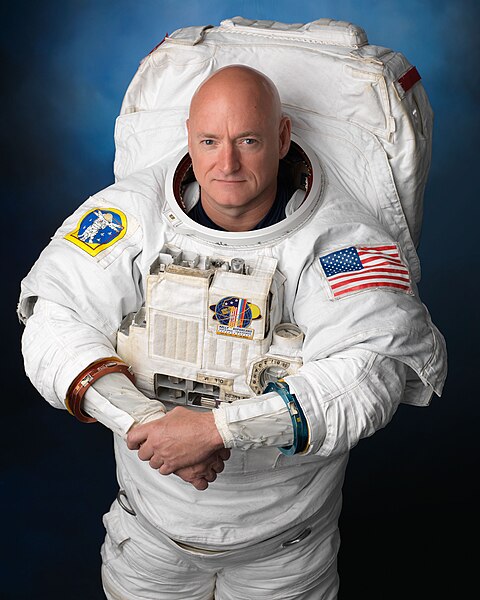
Scott Joseph Kelly, born on February 21, 1964, in Orange, New Jersey, USA, is a retired NASA astronaut known for his year-long mission on the International Space Station (ISS).
Scott Kelly embarked on his year-long mission, known as the “Year in Space,” on March 27, 2015, as part of Expedition 43/44.
His extended stay on the ISS allowed researchers to gather valuable data on the effects of long-duration spaceflight on the human body.
Kelly’s identical twin brother, Mark Kelly, who is also an astronaut, participated in parallel studies on Earth to compare the effects of space travel.
The research from Scott Kelly’s mission contributes to our understanding of the challenges and risks associated with future deep space exploration, such as missions to Mars.
Scott Kelly’s dedication to science and space exploration has made him a key figure in the study of human adaptation to long-duration space missions and the advancement of our knowledge about life in space.
11. Christa McAuliffe – January 28, 1986 (STS-51-L, Challenger disaster)
Christa Corrigan McAuliffe, born on September 2, 1948, in Boston, Massachusetts, USA, was a high school teacher selected as the first private citizen and civilian schoolteacher to fly in space.
She was chosen to participate in the NASA Teacher in Space Project and was slated to fly on the Space Shuttle Challenger’s STS-51-L mission in 1986.
Tragically, on January 28, 1986, the Challenger shuttle disintegrated 73 seconds after liftoff, resulting in the deaths of all seven crew members, including Christa McAuliffe.
The Challenger disaster was a devastating moment in the history of space exploration, leading to a suspension of the Space Shuttle program and a reevaluation of safety protocols.
Christa McAuliffe’s legacy endures through her commitment to education and the inspiration she provided to teachers and students to pursue careers in science and space.
12. Valentina Tereshkova – June 16, 1963 (Vostok 6, first woman in space)
Valentina Vladimirovna Tereshkova, born on March 6, 1937, in Maslennikovo, Russia, is a retired Soviet cosmonaut and the first woman to travel to space.
On June 16, 1963, Valentina Tereshkova piloted the Vostok 6 spacecraft, becoming not only the first woman but also the youngest person to journey into space at the age of 26. Her mission lasted nearly three days, during which she conducted experiments and observations.
Tereshkova’s historic flight was a significant achievement for Soviet space exploration and marked an important milestone for women in space.
She later became a prominent political figure in the Soviet Union and continued to support space exploration and women’s rights.
Valentina Tereshkova’s pioneering journey has paved the way for numerous female astronauts and cosmonauts who followed in her footsteps.
13. Guion Bluford – August 30, 1983 (STS-8, first African American in space)
Guion S. Bluford Jr., born on November 22, 1942, in Philadelphia, Pennsylvania, USA, is a retired NASA astronaut and aerospace engineer.
On August 30, 1983, Guion Bluford became the first African American to travel to space when he flew as a mission specialist on the Space Shuttle Challenger’s STS-8 mission.
During his spaceflight, Bluford conducted various experiments and operations in the payload bay. He went on to participate in three more Space Shuttle missions: STS-61-A, STS-39, and STS-53.
Bluford’s achievements in space and as an astronaut broke racial barriers and inspired a new generation of African American astronauts and engineers.
After retiring from NASA in 1993, he continued to contribute to the aerospace industry and education, emphasizing the importance of diversity in STEM fields.
